Did you know that 20% of unsuccessful purchases on eCommerce sites are due to bad product descriptions, according to Nielsen Norman Group?
Product descriptions are a crucial part of any online store. They are what entices the customer to buy your product.
Yet, many store owners fail to make them be informative, engaging, persuasive, and most importantly - to drive conversions.

Yes, product descriptions can be very difficult to write, as they require you to know a lot about your product, its features, and its benefits.
And not only that, you need to know what exactly details to provide your potential customers within the product description, so it doesn't look dull.
Today, we'll show you the 8 best rules to write killer product descriptions and what your description needs to possess to achieve optimal conversions.
So if you’re ready to increase your sales, let’s begin!
What is a product description?
A product description is a copy that tends to explain what your product is and why customers should buy it.
The product descriptions' goal is to supply potential customers with the benefits and features of the product so they can determine if that product best fits their needs.
You should know that your product descriptions are not there just to describe the product, but they also need to:
1. Qualify - Help visitors assess if that is the right product for them
2. Persuade - Provide potential customers with facts that show it’s the most suitable product for them
3. Rank - Product descriptions should be SEO-optimized, so your potential customers, who research, could come organically to your product. If your product is on top of Google, it causes customers to feel that it's the best one on the market.
Adding a bit of fun and creativity to the descriptions will make your product pages more engaging and increase your purchases.
How long should a product description be?
A product description can be well-performing even with being consisted of less than 50 words.
But it usually depends on the product that you’re selling.
You don’t want your visitors to leave due to lack of information and buy from your competitor, right?
On average, SEO experts find that product descriptions with around 300 words are enough to rank well in searches and to please customers.
Just make sure that your product descriptions answer all of the questions and doubts your customers might have and include essential information about it.
Note: Be aware that your product is not too long, cause it can cause visitors to drive away because of seeing it boring and not good enough.
How to write attractive product descriptions that sell
Store owners usually make the same mistake when writing product descriptions.
To realize the importance of product descriptions, let us tell you that 87% of consumers rate product content as an extremely important factor when deciding to buy.
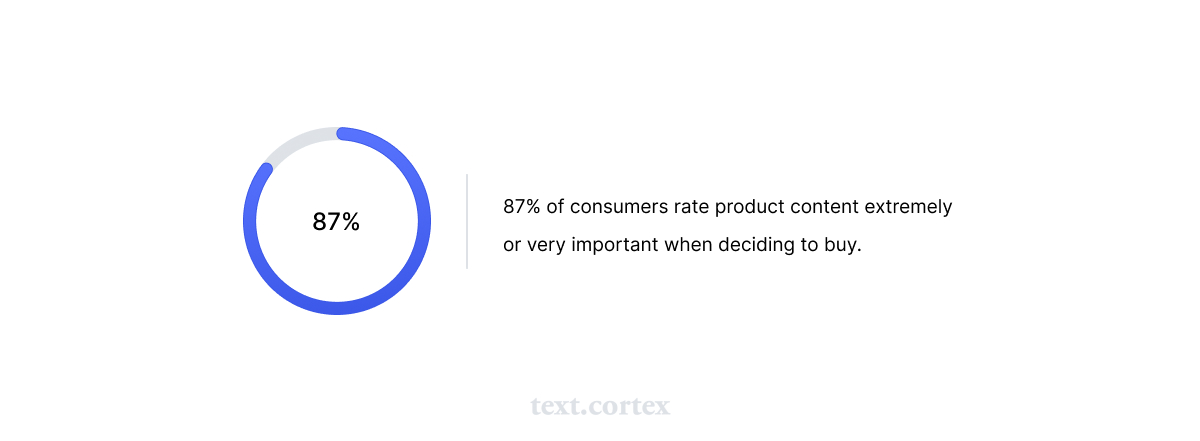
And if you’re not optimizing your product descriptions, then you’re probably leaving so much money on the table.
To help you solve that, let's see what you can do about it.
1. Focus on solving your ideal customer’s needs
To better write your product descriptions requires knowing your customers well and putting yourself in their shoes.
Writing descriptions for a huge crowd of buyers will result in you addressing no one.
As Seth Godin said:
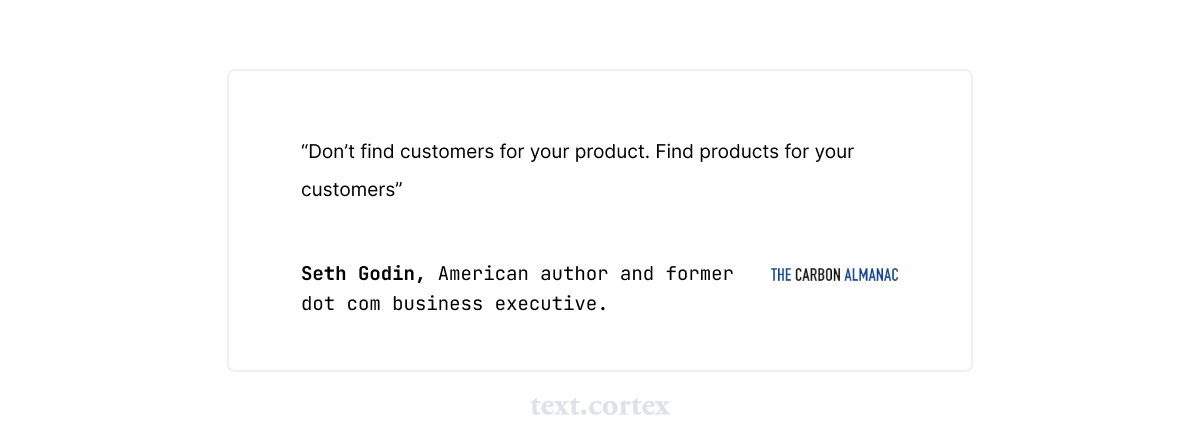
The compelling product descriptions that actually sell are the ones that address your audience personally and directly.
So how do you find them and figure out who they are?
When it comes to writing your product descriptions, try to imagine your ideal customer.
You probably even know someone in real life that needs the product you’re selling.
Ask yourself these questions:
- Who is my typical customer?
- What are their pains?
- What do they expect from the product?
- What jargon words do they use?
- What words do they hate?
- What other questions do they ask about products?
- What solutions do they use before yours?
- What additional information may you provide them with for a better experience?
The answers to these questions will help you meet your ideal customer persona. This person needs your product the most.
Now, imagine that you need to speak with this person and explain how your product may help.
Knowing the problems, desires, and answers to the questions about your customers above will help you create the description in their language and position your product in their minds.
To get a well-written product description that drives your visitors through the conversion funnel and persuades them to buy, you should also answer these questions:
- What problems does your product solve?
- Who is it best for?
- What do customers get from that product?
- Why is it better than other products on the market?
- Why should they buy it right now?
For example, suppose you're selling professional laptops for developers. In that case, your ideal customer will be different as the language would be too if you were selling laptops to students of design who are not into tech.
Knowing who your customers are, knowing their intent and motivation to buy your laptops, and also knowing your product well will affect the quality of your product descriptions.
2. Write catchy headlines
Headlines are the crucial components of any content marketing.
They are the first thing that people see on product pages on an eCommerce store.
Headlines have to grab the reader's attention, hook and intrigue them to read the description, and then buy after reading the description.
So what makes an attractive headline?
A good headline should be short and snappy but also engaging and interesting enough for readers to grab their attention.
Here’s how Apple is doing that with their products:
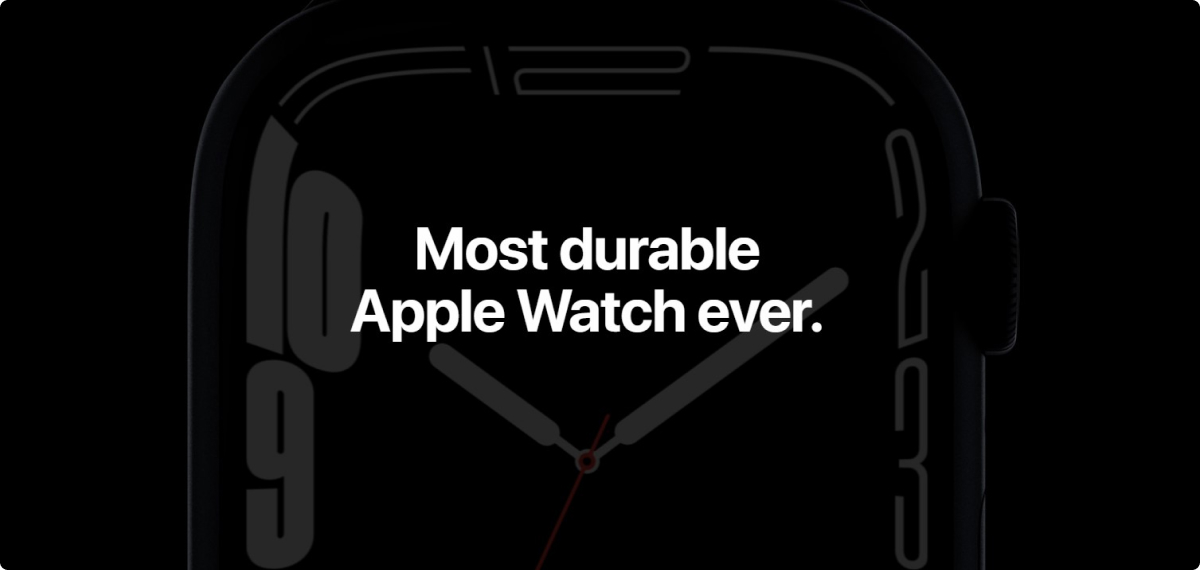
Looks intriguing, huh?
3. Make your product description easy to read
Providing your users with a perfect product description, including the greatest benefits, won't matter if your content is hard to read.
Did you know that only 16% of people averagely read the whole description on product pages?
Those people are the ones that are more likely to purchase, but what about those that don’t know a lot about your product?
Well, they usually scan content. However, they don't read, so that's the reason why you need to make your description easy to consume by separating it into bullets.
Bullet points are great because they make it easier for customers to consume and engage with your description to get the information they are looking for.
Using easy-to-scan bullets provides users with a feeling of making progress that makes the copy more approachable and easier to read.
Check this dope example:
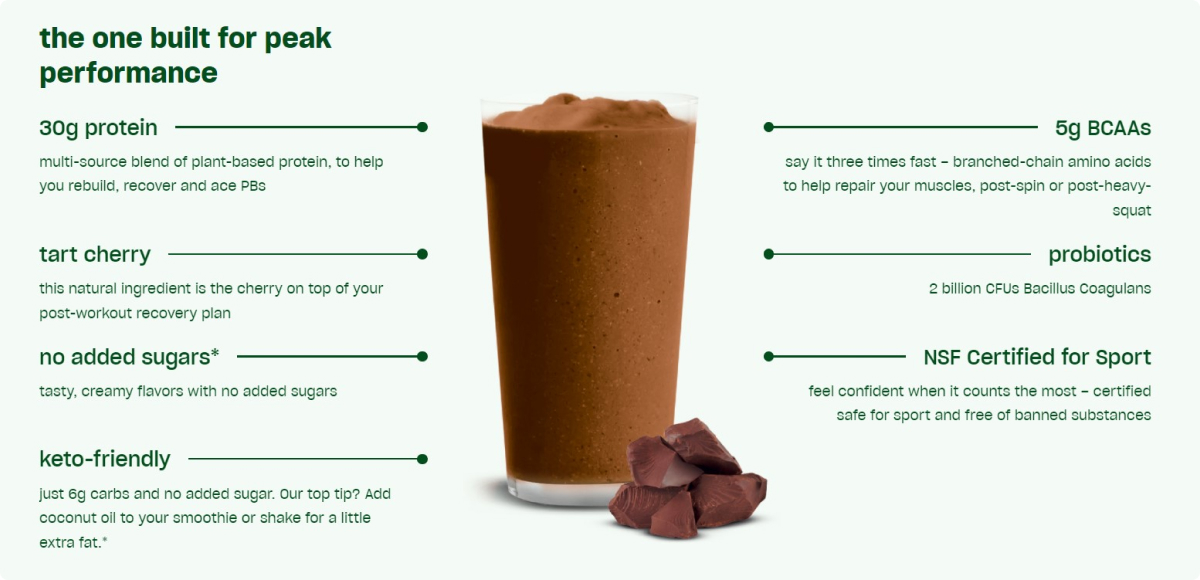
Looks easy to consume and attracts your attention to read it all, right?
Using this approach can also help you present a product with a lot of information and features, so it prevents monotonous text that causes your product to seem boring.
4. Focus on the product benefits, not features
You probably heard “focus on the benefits, not features” thousands of times, and it sounds so cliche.
That’s because many marketers and eCommerce “gurus” who tell you to use benefits instead of features don’t show you how to really do it.
Obviously, the product features are a bit more clear to notice, right?
On the other hand, the benefits will require from you a bit more creativity and a deeper understanding of your target audience.
The best way to show you this is on a real example.
When listing product features, store owners usually just drop the technical specification about their selling products.
For example:
Laptop with Processor i5 2.7GHz, 10000 Mah Battery, 300 nits of brightness, etc.
What does this even mean?
Product descriptions like this undoubtedly result in much lower conversions because people don't understand what these numbers are and what the product really provides to them.
What customers want is a fast computer that can work without a recharger for 10 hours of progressive work and a screen that will not ruin their eyesight.
But they can’t see it in this description.
So, how do we come to these answers?
First, before creating any description, you should know that customers aren’t buying products but the perceived results.
It would be best to write product descriptions from the buyer's perspective, not from your perspective.
Asking questions "how is your product helping them?" and "what does it provide them with that other products don't?" will help you get closer.
After you answer all these questions, you can tie benefits to specific product attributes.
That way, you won't show them the features, but instead, how those features are helping them solve specific problems.
See a perfect example of products’ benefits:
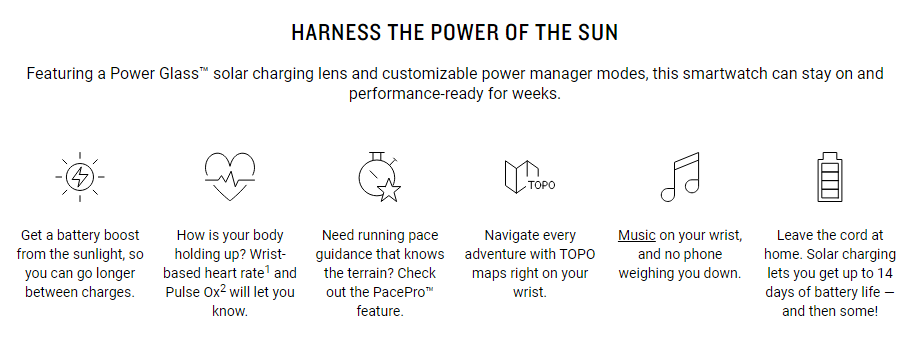
These benefits provide a real value to a potential customer and make them imagine already using the product, which is a great step to move the customer forward to purchase.
5. Use powerful words that persuade
Product benefits are not all that will drive your customers to buy.
A compelling story that supports those benefits is the key to a successful product description.
The story should be written in a unique and interesting way that frankly describes the product, so a reader enjoys reading it all the way through.
Here are some storytelling techniques that can help you improve your descriptions:
- Begin with the attention-grabbing opening line: “It was a day like any other, full of tasks needed to be complete when my old laptop broke down.”
- Include a problem statement: “I had been using this laptop for five years, and it was already starting to show signs of wear.”
- Include an emotional hook:" I felt anxious because I had so many important files there that I needed, and I needed a laptop for work urgently."
Don't just sell a product. Sell the experience of using it.
Tell them what it would be like to use your product - let them imagine that.
When a person imagines that something belongs to them, they will give extra effort to really have it.
Before you write a story about your products, it will help you to ask yourself:
- Who is making the product? Is it you or someone else?
- What inspired you to create the product? Or the ones that created it
- What obstacles did you have while you were creating the product?
- How do you test the product?
Some phrases and words naturally seem to provoke an emotional response in humans. Luckily for store owners, this also increases sales, and here are some of them:
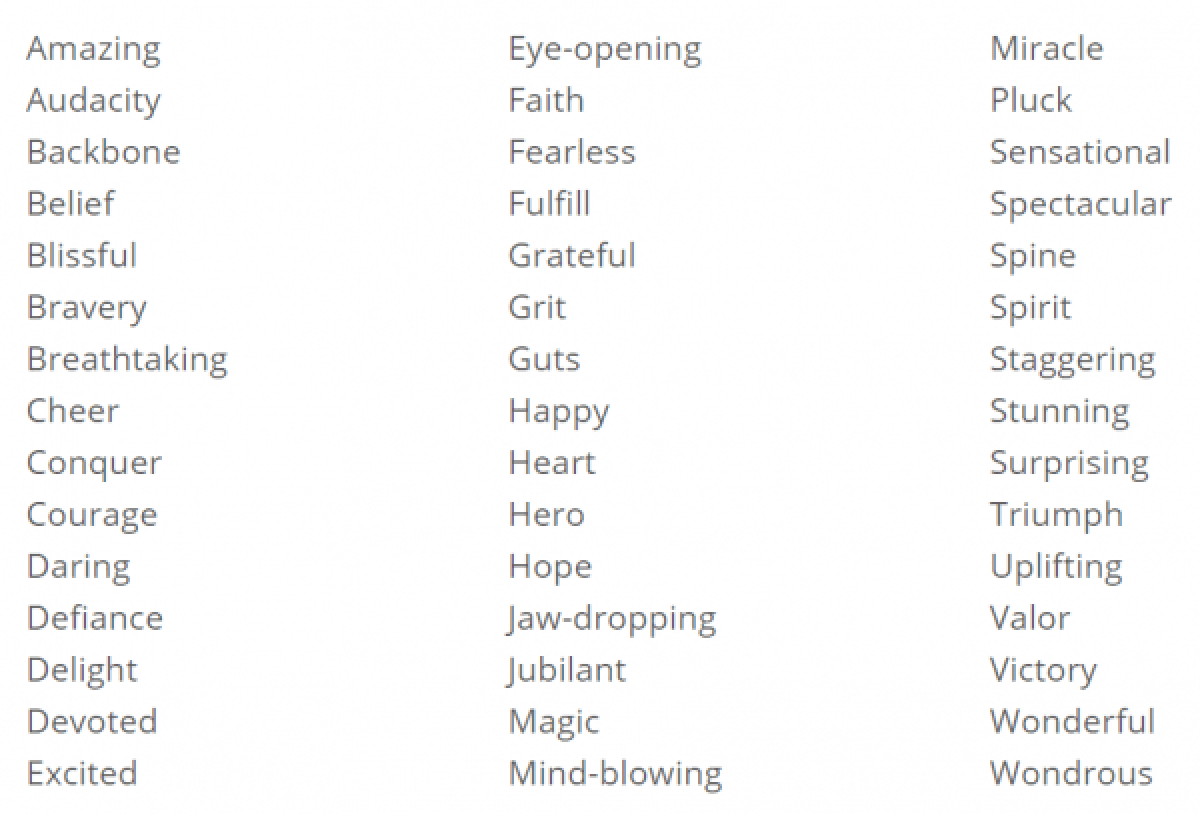
Being familiar with these words and how they influence emotions, you can more easily create a product description that convinces your customers to go further and complete the purchase.
6. Optimize for search engines
Search engine optimization (SEO) is one of the most powerful ways to attract new customers to your product page, which is the very first step in persuading a potential customer to buy your products.
Every optimization process begins with keywords - search terms that customers use to find the product they want to buy.
How to optimize product descriptions for SEO?
With a little bit of keyword research and SEO knowledge, you can quickly discover which keywords are best for your eCommerce store.
You can discover those potential keywords using a variety of tools, such as Google Keyword Planner, Ahrefs, SemRush, Ubersuggest, etc.
By using the right keywords in your product descriptions, you will be able to rank your product pages in search engines.
When creating product descriptions, this usually happens naturally. However, it’s always good to have those keywords in mind when writing it.
Let’s say you sell Nike shoes online. In that case, "Nike air force black" could be your potential keyword that you could optimize your product page for.

For good measure, and according to the best SEO practices, we recommend you include your targeting keywords of a specific product in your:
- Page titles
- Meta descriptions
- Product descriptions
- Image tags (called ALT tags)
Keep in mind that it is best to include the focus keyword in your product title because it is the most significant for search engines and can mostly help you rank.
Will adding the keywords to your product titles and descriptions get you a #1 ranking on the search results?
Probably not.
But it will definitely help you make your product page easier to find for those who are actively searching for your product.
7. Support product descriptions with good images & videos
Different studies show that 63% of consumers think product pages that contain good-quality images on eCommerce sites are even more important than the product descriptions themselves.
We know that product pages are not the topic today, but when we talk about product descriptions and content on the page, it must be supported with good images.
You shouldn't ignore those other product page elements that are content-related because all of them packaged together are what will increase your conversions.
Here’s how Apple is doing that:

Make sure to provide your users with as many images as possible from different angles, how to use your product, its texture, and all the other details that provide value for potential customers.
Also, you can include GIFs of how to use your products or embed a video explainer about it - this can be a great improvement on your product page that will distinguish you from competitors.
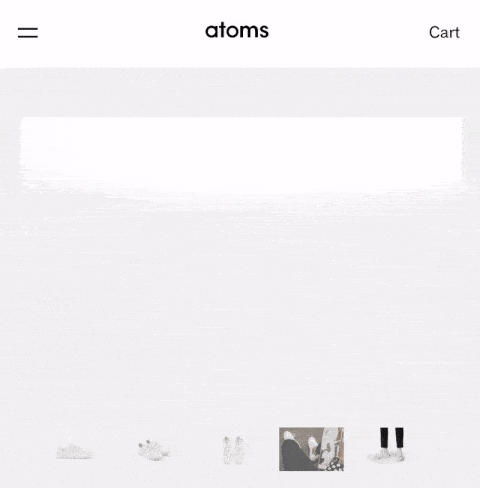
According to LiveClicker’s study, 88% of surveyed eCommerce owners saw conversions increase after they implemented videos on their product page.
Only those stats says enough about how images and videos can enhance your product descriptions and lead you to increase sales.
8. Do some split testing
Even the smartest people in the room are not always right. No one could tell you what will perform great in your product description, but results.
To get the best performing product descriptions that drive tons of sales, you have to run tests to break your assumptions.
Find out what works, cut the bad performing product descriptions and keep the winners.
Yeah, but how do I know what part of the product description works well and what doesn't?
Write different versions of product descriptions and seek to test different parts of it, such as headlines, bodies, CTA’s, etc.
Keep in mind to test only one by one part of your product descriptions, only by doing that you'll get relevant and optimal results.
For example, test two different headlines with the same copy, see which one performs better, then go to the next part - test 2 different bodies, after that test 2 CTA’s, etc.
It requires time and patience, but this will bring you the best-performing product description based on results and will bring you tons of sales in the long-term game.
On the other side, all these processes could be simplified by using an AI product description generator, which many eCommerce owners are using, and many get amazing results.
How can an AI product description generator help you?
Many store owners use an AI product description generator for writing their eCommerce content - because it saves a lot of time and improves the quality of content.
Especially if you have a long list of products and items on your product page to create a description for.
Just imagine how it would be if you had to write 100s of different product descriptions on your store?
Sounds terrifying, right?
And spending thousands of dollars on copywriters to write it is not always the best move, especially if you just started with a business or if it's not quite profitable at the moment.
That money could be spent in much better ways, trust me.
For this reason, we created TextCortex AI.
TextCortex is a use-case module-based AI writing assistant that can save 70% of your time and loads of money by creating product descriptions for your store in seconds.
How does it work?
TextCortex use-case modules train their AI writers with 3 billion sentences to write on various topics, formats, and features.
This includes creating product descriptions, marketing, and ad copies, story writings, rewriting sentences and paragraphs, writing emails, and many more.
What differentiates us is that TextCortex is based on training our models on specific use cases.
While other AI copywriting tools use GPT-3 for everything in a one size fits all approach, we are training much smaller expert AIs on the specific use case at hand.
Expert AIs lead to higher relevancy, significantly impacting the quality of your produced product descriptions.
So how to use TextCortex to create compelling product descriptions for your eCommerce shop?
Once you sign up, navigate to the “Creator Suite” section by clicking on the right bottom logo.
Then, choose the template by your wish, such as "Product Description With Features", enter the name and features of the product, and once you're done hit “Create”, to get the description output.
It’s easy as that.
If you want to improve the end results, as always, you should add some context and additional information.
Here you are able to enter product features such as:
- colors,
- forms,
- styles,
- usages,
- purposes
As always, try to help our AI writers to understand what you mean. It is best if you use a format like “Color: red” or “Feature: Laptop pocket.”
Type it in and hit the enter key to fit them into the box.
Aim for around 300 words per product.
Adjusting creativity is an advanced measure. You can test what suits your style best, but let me give you a thought of what to expect when you go to either extreme:
- Creativity 0% - sets hard boundaries around how creative TextCortex is allowed to write. This might result in the repetition of the same content, so try to avoid this.
- Creativity 100% - will result in an outburst of creative flow, which can sometimes sound a bit too crazy and jump into topics far from the desired one.
As with many things, the middle is the golden rule. You should experiment around creativities of 35% to 70% and see what suits you best.
To start writing content at scale for free, all you have to do is:
1. Sign up to the TextCortex
2. Choose the use case you need at the moment
3. Give TextCortex instructions
4. Enjoy creating tons of content in seconds
Not only can you create a lot of content, but you can also make a lot of time and money savings.
By using TextCortex, you can significantly improve your product description quality, leads, replies, and conversions, and you can sign up for free to see how it fits you.
On the other hand, TextCortex provides you with the Chrome extension that you can use within any textbox online.
This AI tool can greatly support your writing team, so you can easily automate the whole content production process.
You don’t have to spend time and money writing your product descriptions anymore.
Let TextCortex write it for you.
It’s time to stop overthinking your content, reduce costs and time spent writing, and focus on what expresses your products best.
While you focus on business, let your content write itself using TextCortex.
If you're ready to put your content on fire, download and install the Chrome extension and see how TextCortex skyrockets your content creation instantly. 🚀
.jpg)
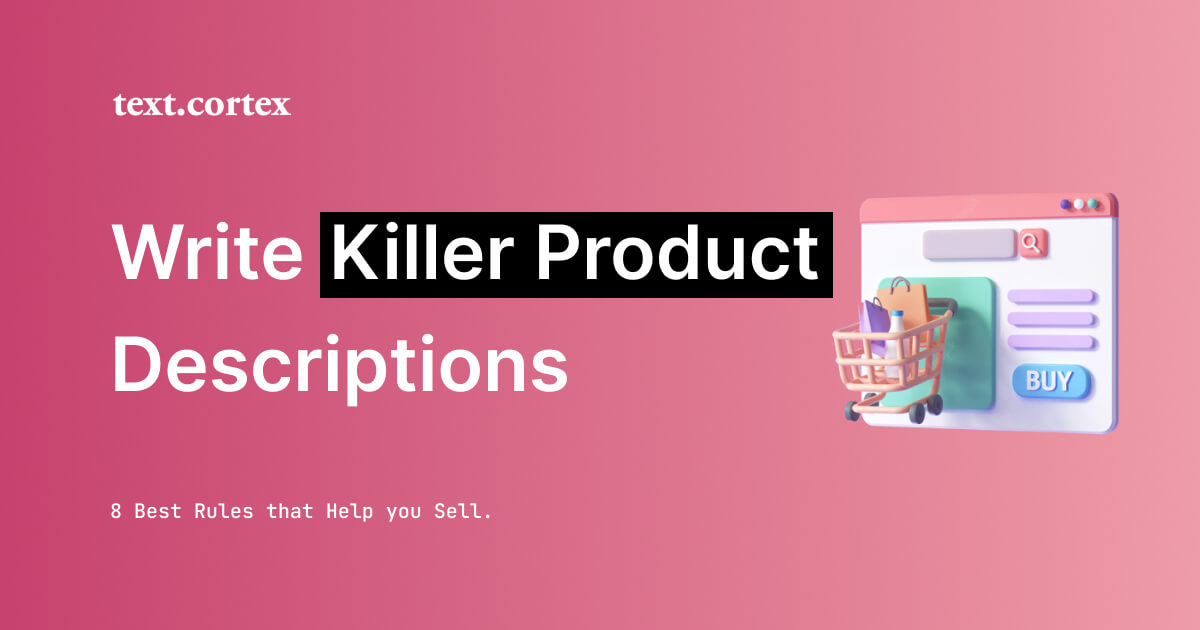
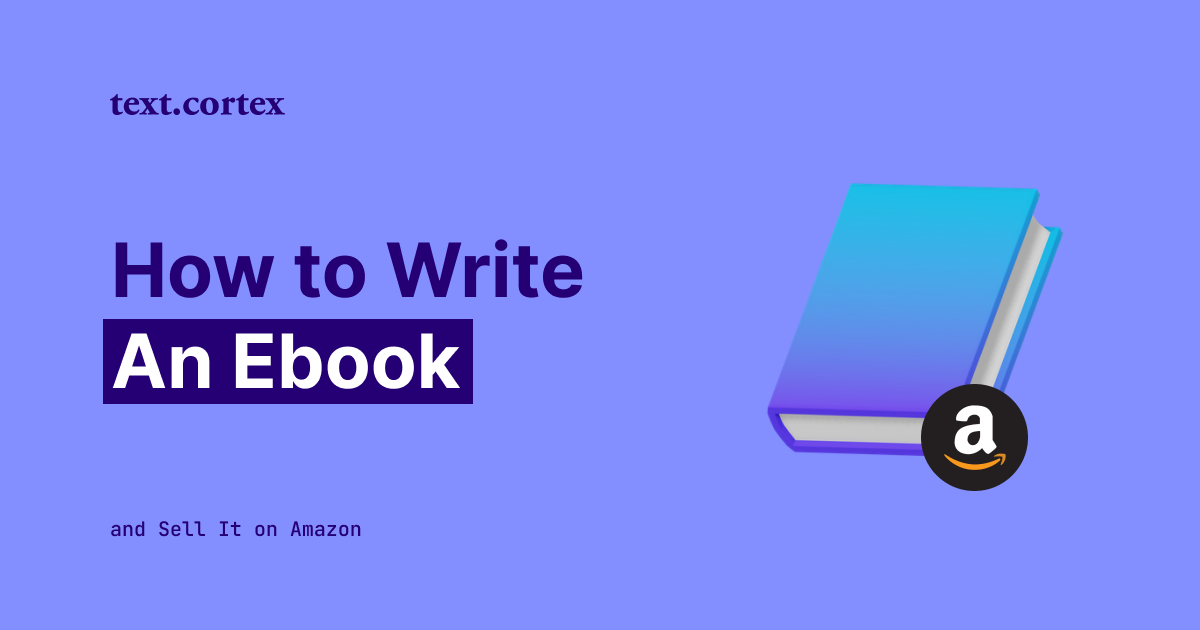

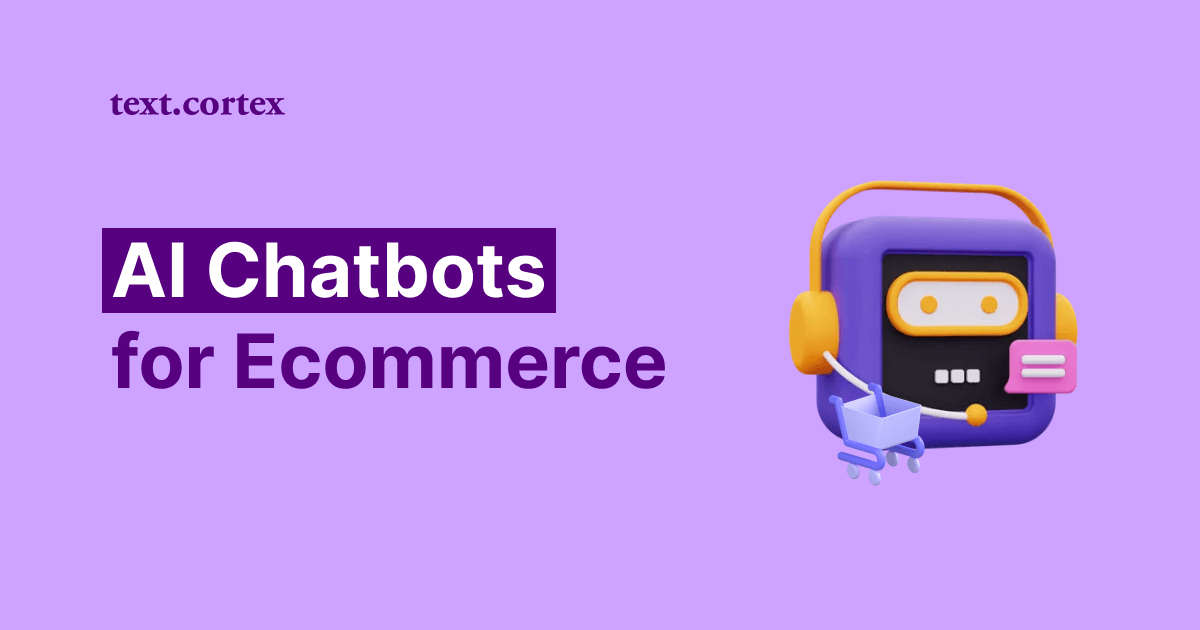
%20(31).png)
